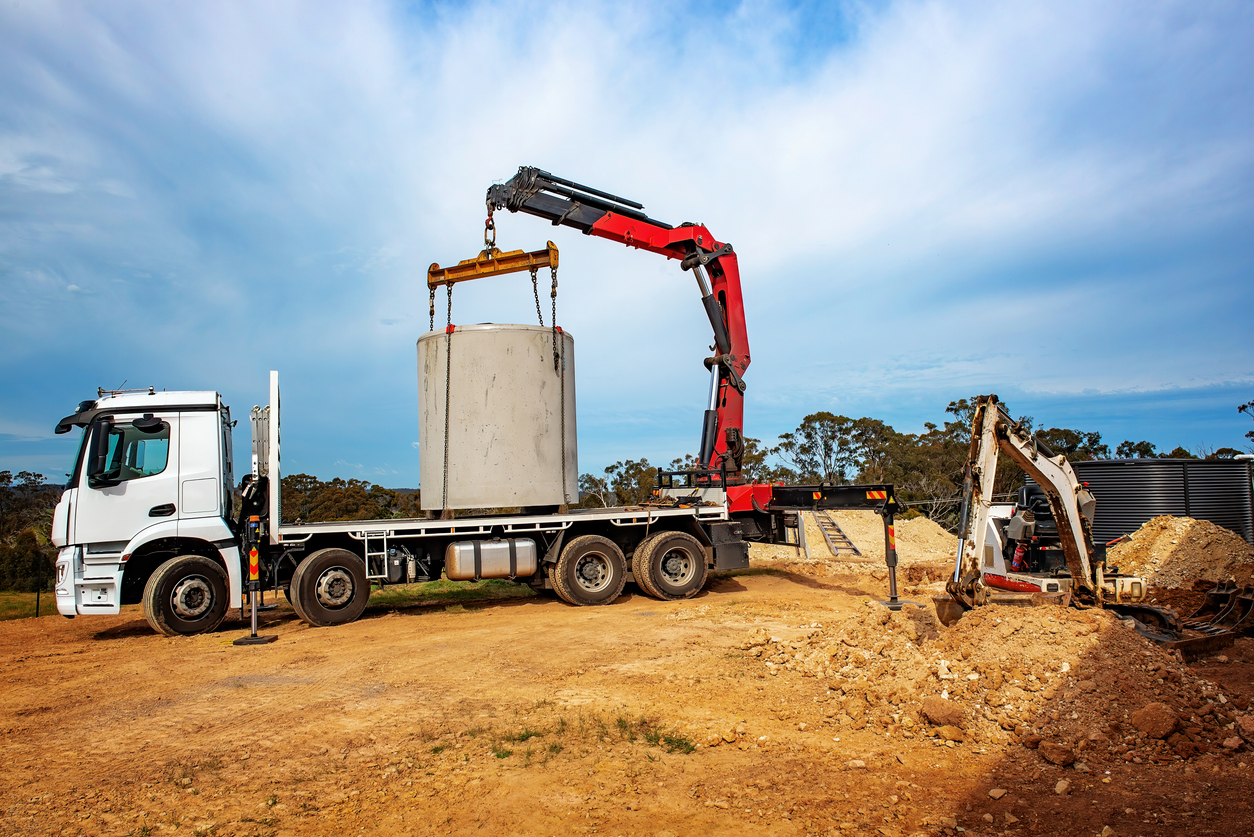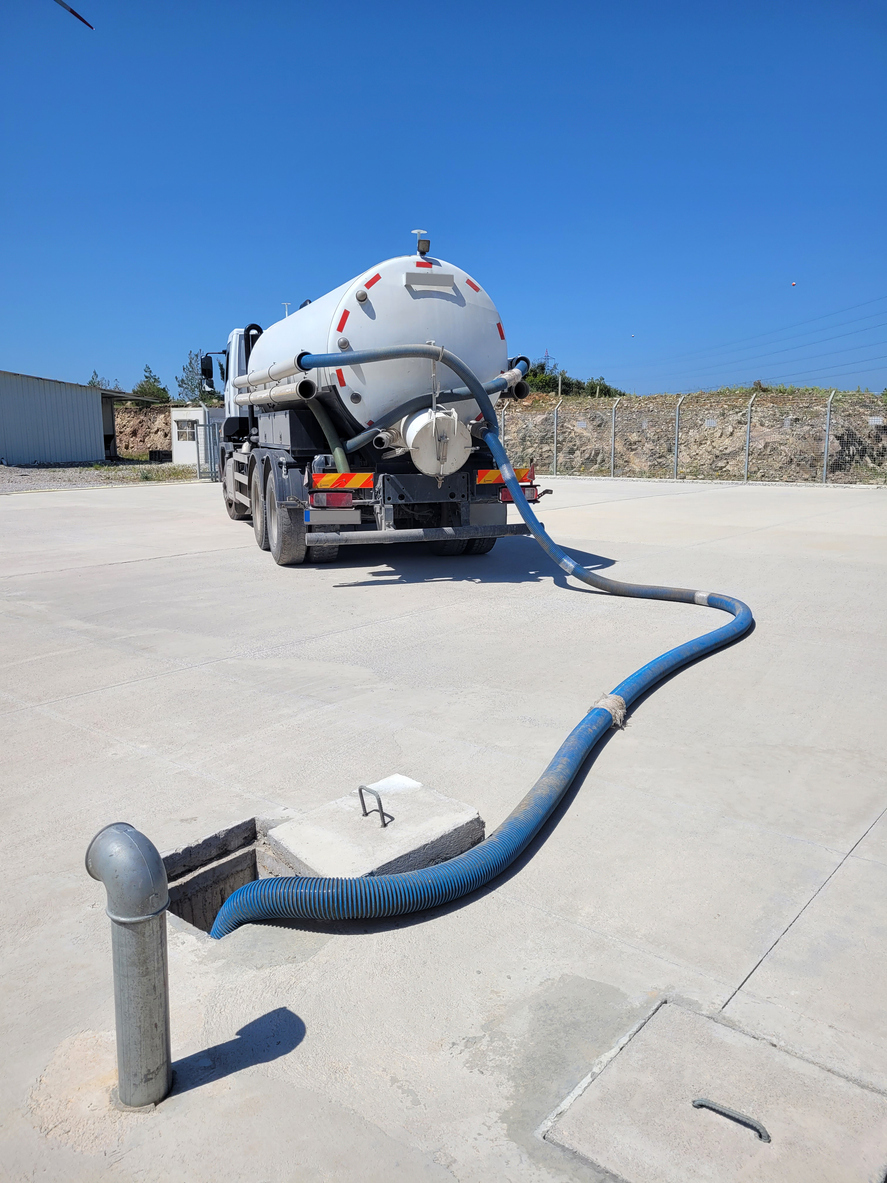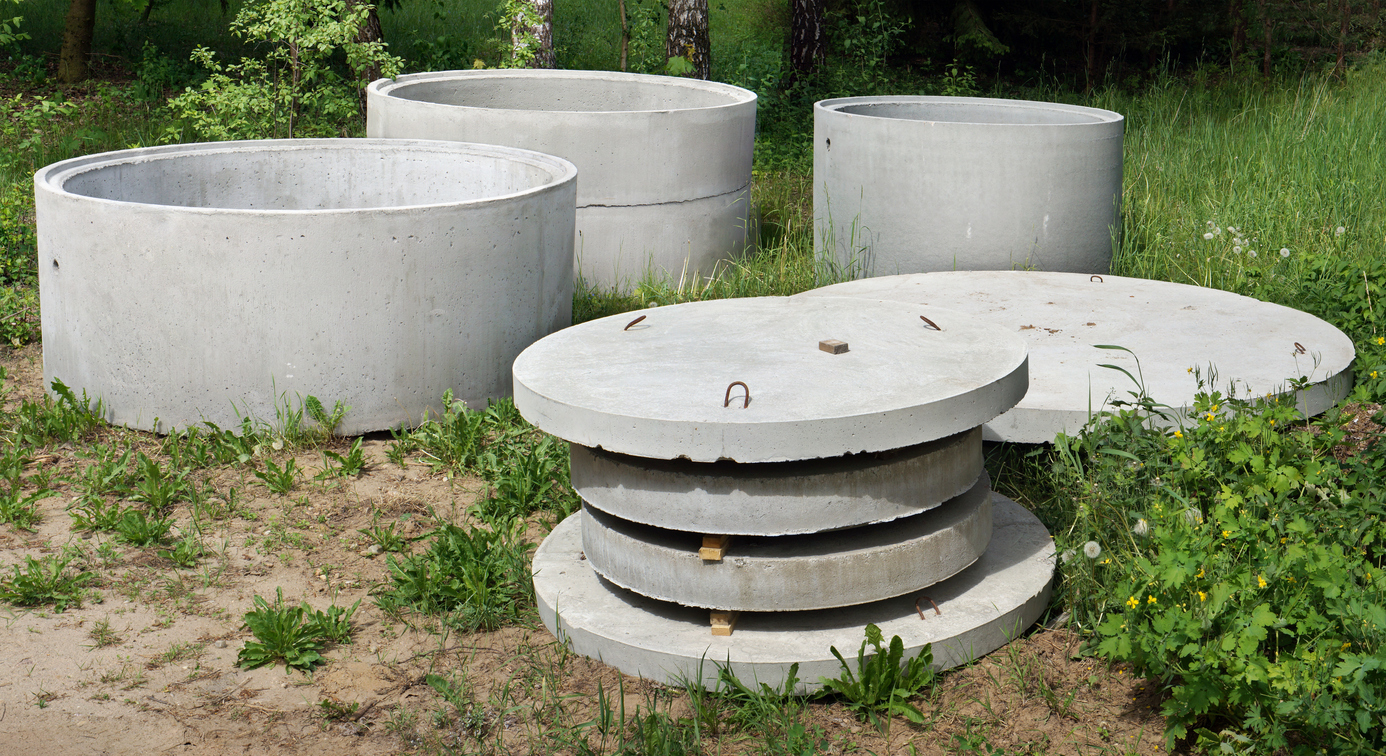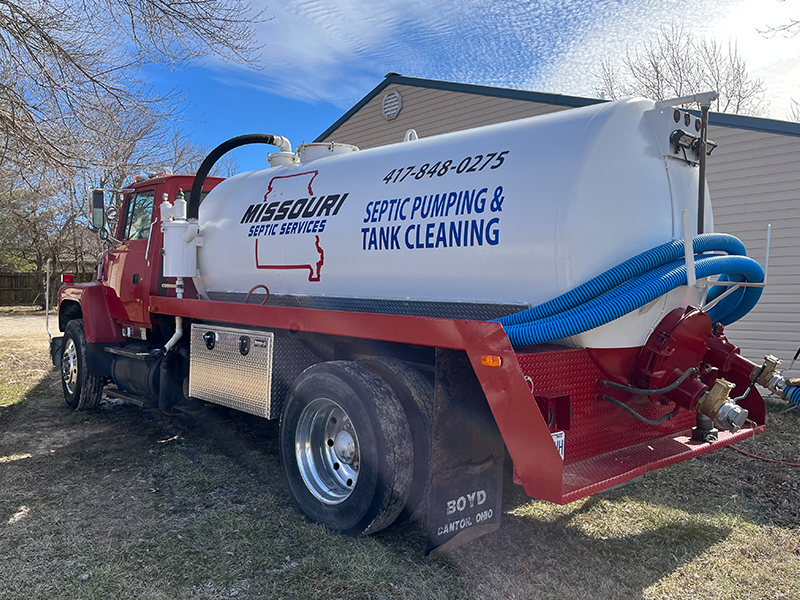
Benefits of Installing a Concrete Septic Tank
- Durable for decades
- Heavy to transport but easy to install
- Won’t float to the top at high water levels
- No risk of collapse during pumping
- Resistant to damage during backfill
- Does not rust
- Grows stronger over time




